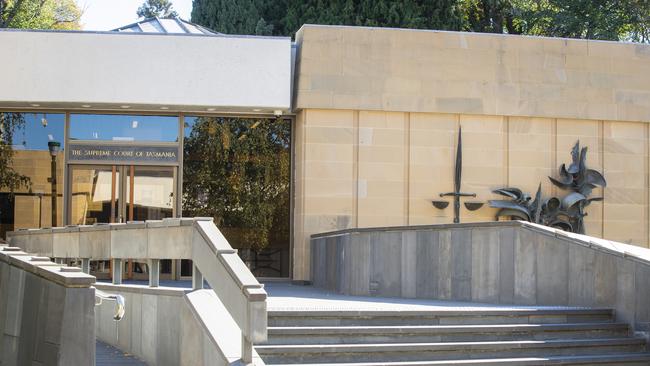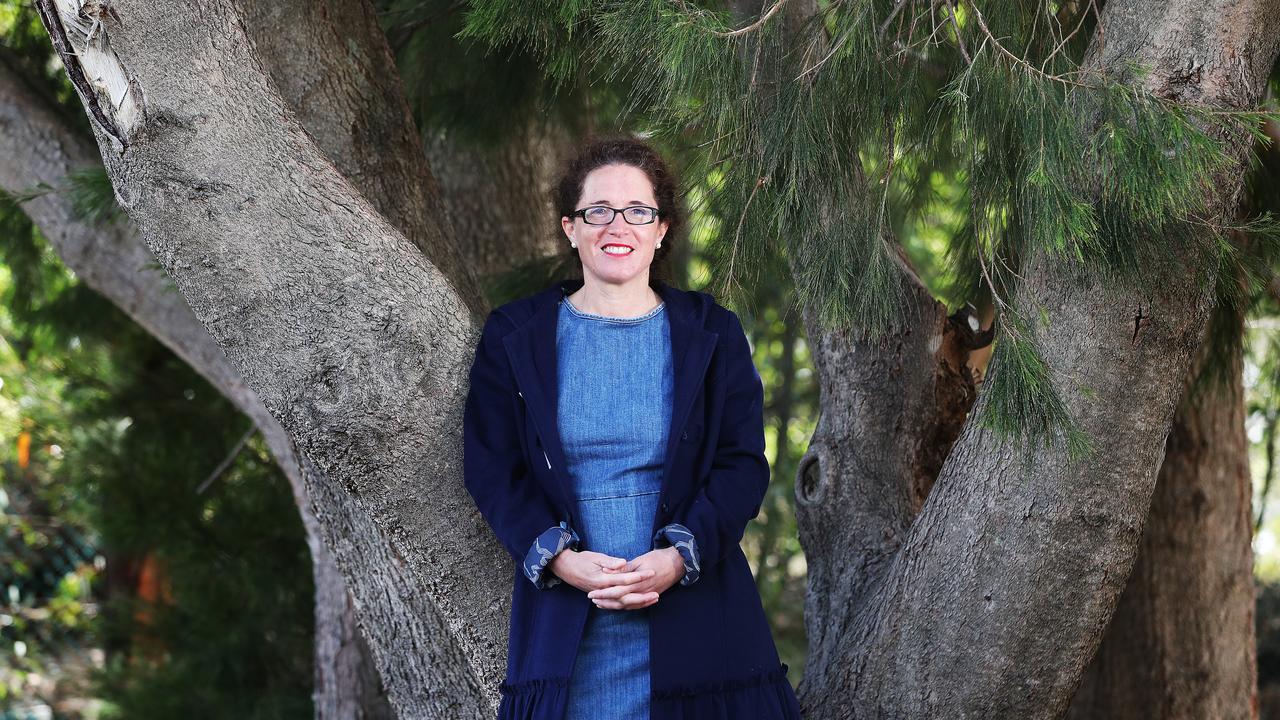Justice Stephen Estcourt writes history of Supreme Court of Tasmania, predicts institution’s future
A sitting judge has written a new book delving into the 200-year history of the Supreme Court of Tasmania - and he’s predicted that justice will be delivered far differently in the next century.

Tasmania
Don't miss out on the headlines from Tasmania. Followed categories will be added to My News.
A litany of shocking and colourful criminal cases, the sensational removal of a disgraced judge, and the elevation of the state’s first female justice are just a few of the seminal moments brought vividly to life in a comprehensive new history of the Supreme Court of Tasmania.
From Convicts to Computers: Two-hundred Years of the Tasmanian Supreme Court is being released on May 10 to mark the bicentenary of the court, the oldest of its kind in Australia.
Written by Justice Stephen Estcourt, a currently sitting Supreme Court judge who was appointed to the bench in 2013, the history begins with the arrival of the state’s inaugural Chief Justice, John Lewes Pedder, in Hobart Town in 1824, carrying with him a document authorising the establishment of a Supreme Court in Van Diemen’s Land.
It goes on to recount the removal of Justice Algernon Montagu, who was just the second judge appointed to the court, and became embroiled in financial difficulties.

In 1847, Lieutenant-Governor William Denison removed him from office amid controversy over Justice Montagu owing money to some plaintiffs who had appeared before him.
Justice Estcourt, who spent five years conducting research and writing the book, examines the technological and social advances that shaped the court over the last two centuries and predicts that the institution will be impacted by the rise of artificial intelligence in the future.
“[The book] was intended to be of interest not only to lawyers and historians but to a more general audience. It has been designed to be penetrable, without footnotes and legal citations and legalese, which make for dense and interrupted reading,” he told the Sunday Tasmanian.
In his introduction to the book, Stefan Petrow, Emeritus Professor of History at the University of Tasmania, describes Justice Estcourt’s history as an “unrivalled account of the judges who served in the Supreme Court [and] a careful selection of many of the most important cases decided by particular judges”.

Justice Estcourt said the book also explored the “appalling” treatment of the Tasmanian Aboriginal population in the court’s early days and the 2005 appointment of Justice Shan Tennent, the first woman to be made a Supreme Court judge.
“I chose to write the book because the court’s long and rich history needs to be understood in its political context,” he said. “Without an autonomous and wholly self-managed Supreme Court, the freedoms we enjoy today might not continue for another 200 years.”
Justice Estcourt said he was encouraged by incumbent Attorney-General Guy Barnett’s pursuit of “much-needed” reforms to facilitate self-management of the Supreme Court.
In his history, the judge writes that it would not be surprising if there were “robots on the bench of the court” within the next century.
“Educating the public to be sceptical about algorithm results, ensuring transparency and auditing algorithms for bias, as well as establishing regulatory frameworks by legislation, will all go towards ensuring that some legal outcomes can be as fairly determined by a machine as by a judge,” he said
“But will that simply give us another competent judge? Should we be prepared to hand over that part of our humanity to a machine?”
From Convicts to Computers, published by Forty South, will be launched during a ceremonial sitting of the Supreme Court in Hobart on Friday. It will be available for purchase online and from local bookstores.
Originally published as Justice Stephen Estcourt writes history of Supreme Court of Tasmania, predicts institution’s future



